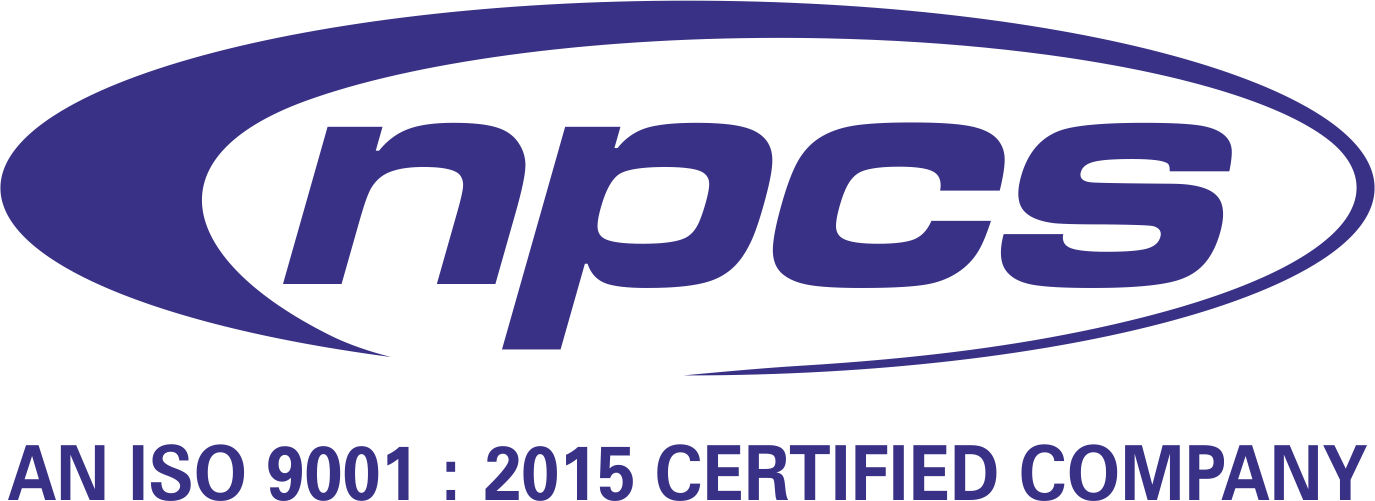Activated carbon is an organic substance having a sizable surface area. Typically, sawdust, bamboo, and coconut shell are used to make it. The capacity of activated carbon to absorb pollutants in water can be used to remediate drinking water, wastewater, and air pollution. Additionally, it removes undesirable flavours and odours from both the home and the food industry.
Visit this Page for More Information: Start a Business in Activated Carbon Industry
Uses and Applications:
Activated carbon is a porous material with a large surface area that may absorb gases and volatile chemicals. Applications for activated carbon products are numerous, as are the range of target molecules that they can adsorb or react with.
Activated carbon filters are used to clean the air by removing contaminants such dust, smoke, bacteria, and chemical vapours. Clothing that guards against radiation exposure uses activated charcoal because it absorbs radioactive elements.
Related Business Plan: Set Up Activated Carbon From Rice Husk, Saw Dust & Coconut Shell Manufacturing Business Plan
Manufacturing Process:
The process of making activated carbon is divided into four distinct steps. To make activated carbon, sawdust and coconut shell are pyrolyzed in the first stage. The raw materials are now heated to 400 degrees Celsius in a sealed container to produce char particles. The second stage, which lasts roughly an hour, uses steam at 900 degrees Celsius and pressures of 2-3 bars to convert the char particles into activated carbon.
Download PDF: Start Activated Carbon from Rice Husk Saw Dust and Coconut Shell Processing Business
Char particles are constantly fed into the reactor until all of the source material has been converted. Filter cloths are employed in the third stage to separate the produced activated carbon from water (brine). Then, in order to be used as an adsorbent in the future, it is dried in hot air furnaces. Although the process for making activated carbon from rice husk and sandalwood powder is identical, the volume of end product is smaller.
Read Similar Articles: ACTIVATED CARBON
Benefits of Starting Activated Carbon from Rice Husk, Saw Dust & Coconut Shell Manufacturing Business:
– There are many benefits to starting a business that manufactures activated carbon from rice husks, sawdust, and coconut shells. Due to both the increasing need for these products in the cosmetics sector as well as the effects of global warming, there are many opportunities for business owners who want to develop them.
– New business owners who aren’t familiar with the sector may fare better because the market is growing. The construction of a small industrial facility is straightforward. Many individuals are interested in starting this business since they can use their spare materials, like sawdust, rice husks, etc. to make money.
 – Starting this form of business takes less money as labour and raw material costs are often low.
Market Size in India:
The markets for rice husk, sawdust, and coconut shell activated carbon in India appear to have a promising future. Gas-based facilities make up 33% of India’s overall energy consumption, compared to 48% for coal-based facilities.
Due to its capability to filter out environmental contaminants like mercury and arsenic that coal-based power plants release into the environment, has recently gained favour. However, purchasing it is pricey.
Related Feasibility Study Reports: Manufacturing Business Plan for Activated Carbon from Rice Husk, Saw Dust & Coconut Shell
Global Market Outlook:
The forecast for the global market for activated carbon derived from rice husk, sawdust, and coconut shell is favourable due to the rising need for an eco-friendly alternative to plastics. This $14 billion company is projected to grow by 20% over the next five years.
Read our Books Here: The Complete Book on Biomass Based Products (Biochemicals, Biofuels, Activated Carbon)
The predicted period will see an expansion in the global market for activated carbon from $4.98 billion in 2022 to $7.73 billion in 2030, with a CAGR of 5.6%. Activated carbon is the market segment that is expanding at the fastest rate because of the substantial demand for the product from several end-use industries, such as water treatment and air & gas purification.
See More Links:
- Start a Business in Asia
- Start a Business in Potential Countries for Doing Business
- Best Industry for Doing Business
- Business Ideas with Low, Medium & High Investment
- Looking for Most Demandable Business Ideas for Startups
- Startup Consulting Services
- Start a Business in Africa
- Start a Business in India
- Start a Business in Middle East
- Related Videos
- Related Books
- Related Projects
- Related Market Research Reports





